A white nutritious liquid fluid is consumed by people globally. The mammals produce Milk, the primary nutrition source for their young mammals. Milk processing and milk products are significant in the market. People in Western countries mainly consume cow milk. In southern Europe, sheep and goat milk are commonly consumed. In Asia, buffalo milk is typically used, while camel milk is popular in North Africa and the Middle East.
1. Milk Composition
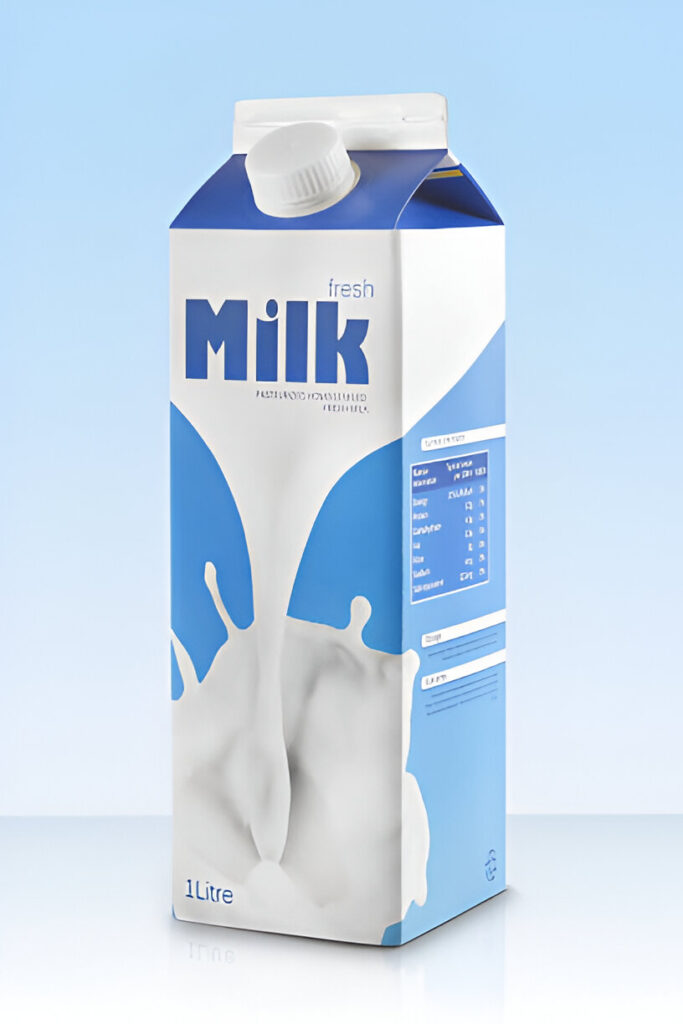
Milk is a liquid that involves fat emulsion, protein in water, carbohydrates (sugar), vitamins, and minerals. It contains these nutritional constituents in all mammals, but their content varies by species. It is considered a complete food.
Milk is a nutritional food because it contains all the essential amino acids that infants cannot synthesize in the required quantity. It also contains phosphorus and calcium for skeletal development, a small amount of iron, vitamin B, vitamin C, and Vitamin D. Milk includes 12 to 13% solids, so it is considered food.
It contains the principal carbohydrate lactose, a source of various fermenting bacteria. The lactate enzyme breaks down lactose into glucose and galactose, making it digestible for the stomach. Some individuals lack the lactase enzyme, so they are lactose intolerant. Lactose intolerance is the condition in which individuals cannot digest dairy milk and dairy products.
Many factors influence the composition profile of milk, such as genetic constitution, breed, lactation stage, disease, and age of the mammal. The quality and type of feed also slightly affect the composition of Milk—low-quality feed results in low solids and low yield.
| Source | Energy (kcal) | Fat (g) | Cholesterol (mg) | Protein (g) | Calcium (mg) | Phosphorus (mg) | Carbohydrate (g) |
| Human | 70 | 4.38 | 14 | 1.03 | 32 | 14 | 6.89 |
| Cow | 61 | 3.34 | 14 | 3.29 | 119 | 93 | 4.66 |
| Goat | 69 | 4.14 | 11 | 3.56 | 134 | 111 | 4.45 |
| Sheep | 108 | 7.00 | — | 5.98 | 193 | 158 | 5.36 |
| Buffalo | 97 | 6.89 | 19 | 3.75 | 169 | 117 | 5.18 |
2. Steps in Milk Processing
Milk is a perishable food with a short shelf life, so it is prepared to make it safe for human consumption, stop the growth of microbes, inhibit harmful bacteria, and have a longer shelf life. There are also a variety of milk products.
Raw Milk could be harmful, so it needs to be processed to ensure its safety for human consumption. Milk contains pathogens from the farm environment that are eliminated by processing treatment. Milk processing steps includes the following:
3. Milk Collection
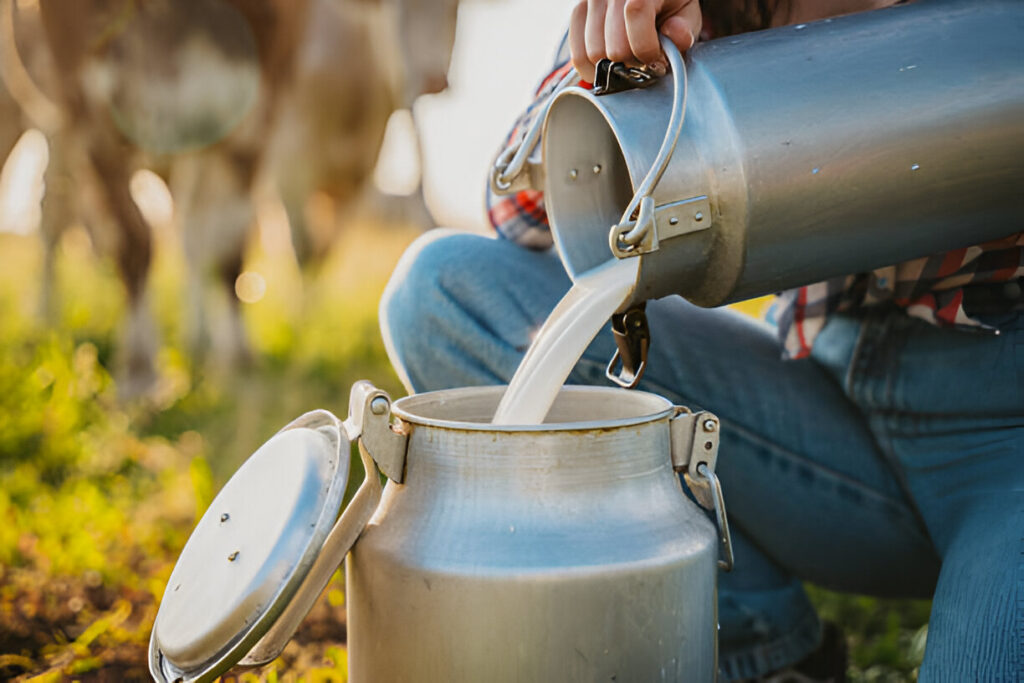
Milk collection is the first step of milk processing. They collect milk from several group members at a receiving location, transport it to processing plants, and then distribute it to the market. Additionally, milk must be transported to the receiving area within 4 hours after milking.
While collecting Milk at further stages, hygiene is essential to maintaining its shelf life and quality. Milk should be received in clean containers. Good hygiene includes cleaning equipment and containers, covering the Milk, and keeping it to transport it rapidly after milking. Use containers for the Milk that are easy to wash and clean with an open end.
- Cool the Milk quickly at 4°C or below
- Avoid delay in collecting Milk
- Pre-cooled Milk should be collected separately.
You can never make high-quality Milk with low-quality water. The container is cleaned with water, disinfected or sterilized with hot boiling water or hypochlorite sodium ion, and then dried.
4. Milk Preservation
4.1 Cooling

Keep milk at 4°C after milking. The methods for preserving milk are listed below:
- Cooling
- Keep Milk in the shade
- Keep Milk in a ventilated space
- Cool the Milk with cold water
- Cool the Milk with ice
4.2 Lactoperoxidase System for Milk Preservation
In situations where milk transportation takes a long time to reach the processing unit and a cooling facility is affordable or available, the lactoperoxidase system of preservation is used. Lactoperoxidase is the enzyme that lowers the growth of the spoiling bacteria in the Milk. The trained people at the collection points add it to the Milk. The lactose peroxides system depends on factors like temperature, which is a 30-degree centigrade. It prevents the Milk from souring for 7 to 8 hours. The Codex Alimtarius Commission approves the lactose peroxide system for milk preservation.
4.3 Sample Testing of Milk
Since we cannot analyze all the supplied milk, we place a sample in bottles with preservatives, including potassium dichromate, to maintain its condition. Always keep the milk sample at a cool temperature. Before testing, boil the Milk at 40°C and cool it at 20°C. Ensure that the fat is equally dispersed in the sample and properly mixed. Label the sample for record keeping.
4.4 Pasteurization
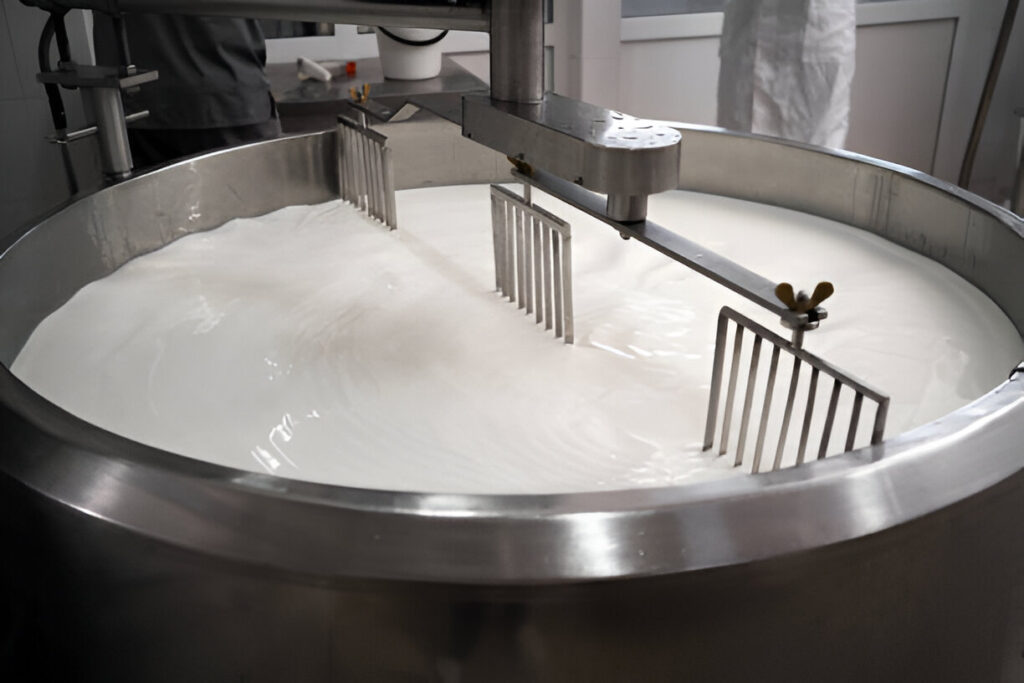
Pasteurization involves heating milk at specific temperatures for set durations to destroy pathogens and ensure safety. In this process, we heat milk to 63°C for 30 minutes or 72°C for 15 seconds, effectively killing harmful bacteria. There are two types of pasteurization: high-temperature short time (HTST) and low-temperature long time (LTLT). The HTST method commonly heats milk to 72°C for 15 seconds. After pasteurizing, operators quickly cool the milk to 4.4°C or below to minimize the growth of any remaining harmless bacteria.
Properly refrigerated pasteurized milk has a shelf life of approximately 14 days. When treated with ultra-pasteurization at 130°C for 2 seconds, the milk’s shelf life extends to 45 days under proper refrigeration. To achieve an even longer shelf life, processors treat milk with ultra-high temperature (UHT) at 138°C for 2 seconds and then pack it into a five-layer laminated box. UHT milk can last from six months to a year without refrigeration.
4.5 Separation
Most advanced plants install separators to control the fat content of various products. The separator acts on the principle that butter fat or cream is lighter than the milk components and is a high-speed centrifuge machine. The separator acts as a separator that separates the somatic cells, sediments, and sub-bacteriasub-bacteria outside and collects in the pockets in the separator called separator sludge. Standards set whole milk fat at 3.25% and low-fat milk at 1 to 2% fat. Skim milk has a standardized fat of less than 0.5%.
4.6 Standardization
Standardization of Milk is the process of reducing the fat content to a specified value. It helps to improve the economics of production and uniform products for the consumer. Two methods of standardization:
- Continuous standardization
- Batch standardisation
Continuous standardization adjusts the milk flow by adding the cream and scheme milk by minute, ringing the ingredients to meet the requirements of batch pasteurization after the separation of the cream and skim milk. They add the calculated amount of skim milk and cream to the batch, agitating the contents unless the product requires additional ingredients.
4.7 Milk Homogenization
Homogenization of Milk is the dispersion of fat globules and prevents the globules from floating from floating on the surface, forming a a thick cream layer at the top. Homogenizers break up fat globules from 18 micrometers to mere micrometers in diameter. Homogenized Milk includes the benefits of a rich flavor, white appearance, uniform viscosity, and curd soft tension that makes the Milk more digestible.
4.8 Packaging
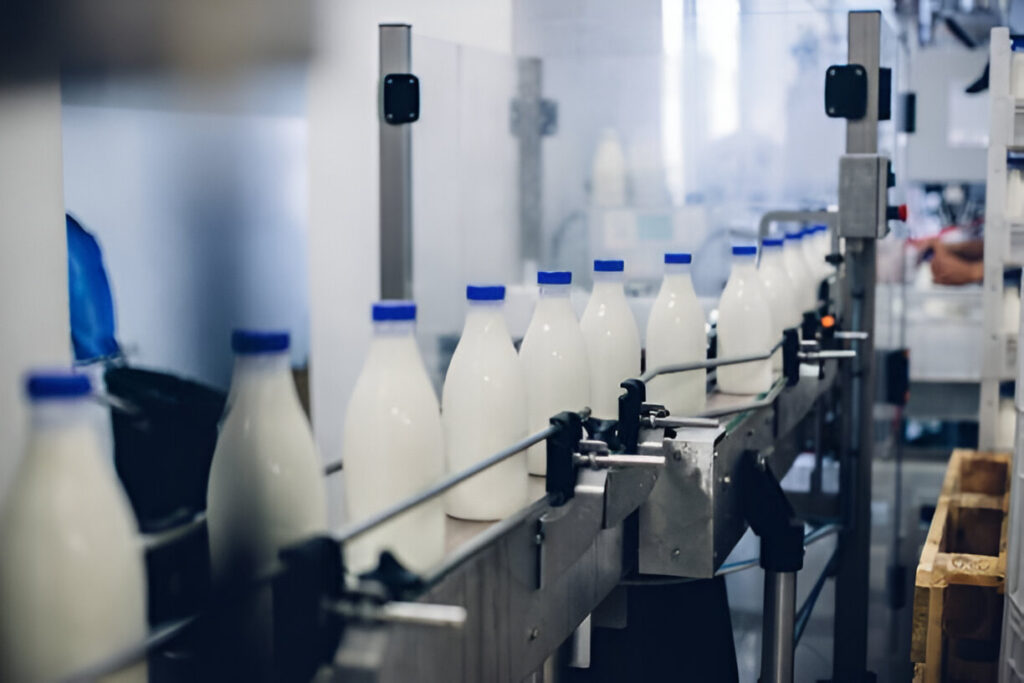
In 1880, sellers poured milk directly into consumers’ containers. In 1884, they began using glass bottles as milk containers until World War II. After that, they switched to wax-coated paper containers. Now, 75% of the retail market uses plastic packaging.
Modern packaging machines clean themselves and provide an antiseptic environment for packaging milk. It retains the milk refreshment for at least 40 days and makes ultra-pasteurization possible.
5. Milk Products
Types of milk products after processing are,

- Condensed Milk
- Evaporated Milk (skim milk)
- Dry Milk products
- Butter
- Ice cream
- Frozen desserts
- Cheese
- Buttermilk
- Yogurt
6. Types of Milk Production
Milk production is based on the type of practices, farming, regional differences, and animals. The following are various types of milk production:
6.1 Cow Milk Production
Jersey cows, called Milk with high butterfat, are ideal for butter products and cheese. They have high butterfatide and a high milk yield with low-fat content, which is standard worldwide. Guernsey and other cow breeds focus on various compositional properties of constituents and the quantity of Milk.
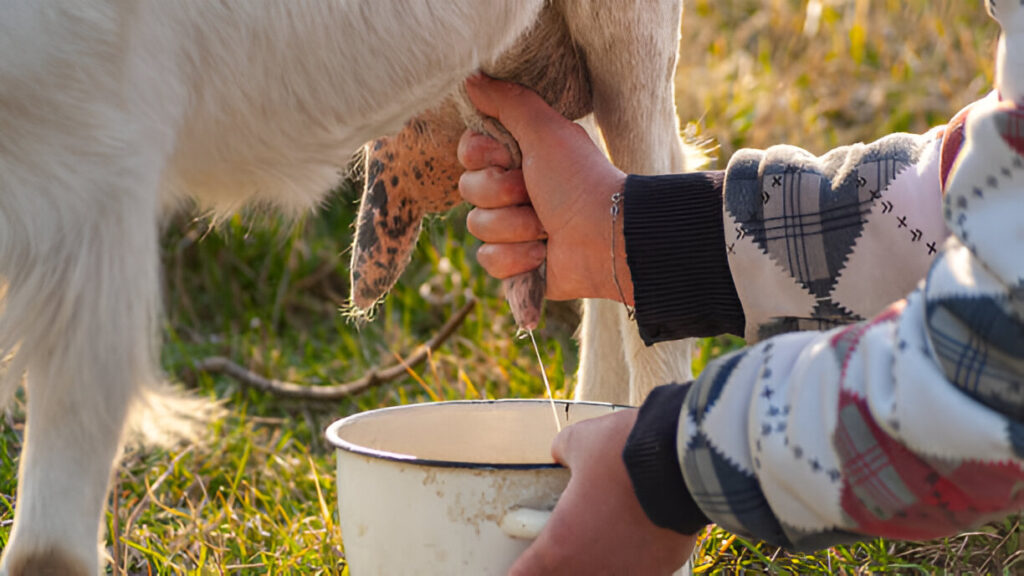
6.2 Goat Milk Production
Humans quickly digest goat milk, and humans and lactose-intolerant people can consume it. Nigerian, Saanen, Alpine, American Lamancha, and Jamnagar are some of the common breeds for milk production.
6.3 Sheep Milk Production
It is distinct in flavor and has a higher protein and fat content than cow’s Milk. Fries Melkschaap sheep, Awassi, British milk sheep, and Assaf sheep are the common breeds for milk production.
6.4 Buffalo Milk Production
People in South Asia commonly consume buffalo milk, which is well-known for dairy products such as ghee, paneer, and lassi. It has a high protein and fat content.
6.5 Organic Milk Production
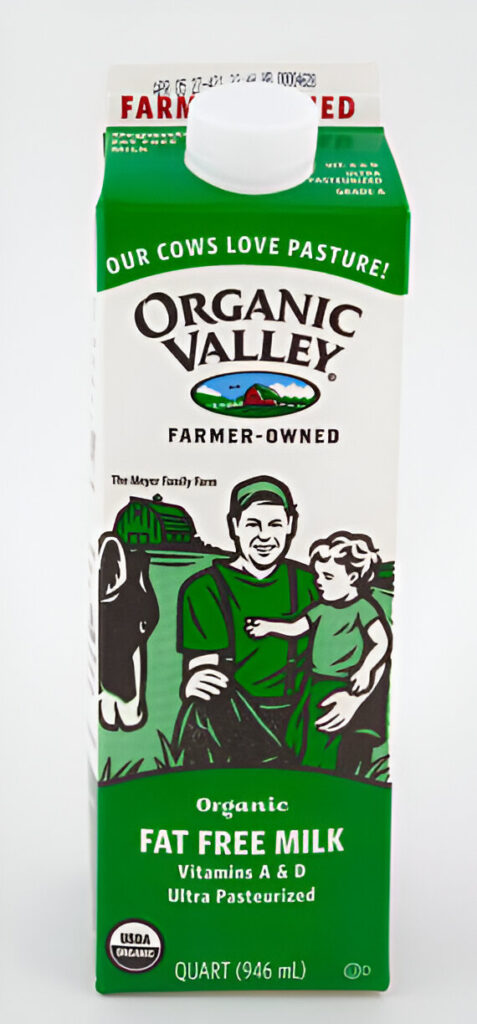
Organic milk production is the healthiest milk production type containing omega-3 fatty acids. Organic milk is free from antibiotics, hormones, and artificial chemicals because farmers raise cows in a natural environment with access to grass, pasture, and organic feed.
6.6 Grain-fed and Grass-fed Milk Production
Milk production by animals depends on the type of fees the animal consumes. The feed can be grain or grass.
6.7 Industrial and Local production
Industrial farming involves raising animals on farms and using an automated milking system. Small farmers raise local animals, providing them with access to wide pastures and ample grazing space.
With the passage of time, modern technologies are developing advanced systems for better quality and high yields of Milk. Customers need safe Milk, so regulatory compliance is necessary to maintain the standards set for Milk. Click here to learn more.
7. Conclusion
Milk, a vital nutritional source globally, varies in composition across mammalian species but universally contains fats, proteins, carbohydrates, vitamins, and minerals. Processed for safety and longevity, milk undergoes collection, preservation, testing, pasteurization, separation, standardization, homogenization, and packaging. These steps ensure milk’s safety and extend its shelf life, vital for its diverse products like butter, cheese, and yogurt. Different species like cows, goats, sheep, and buffalo contribute to regional preferences and product variations, highlighting milk’s adaptability and nutritional richness in global markets.

